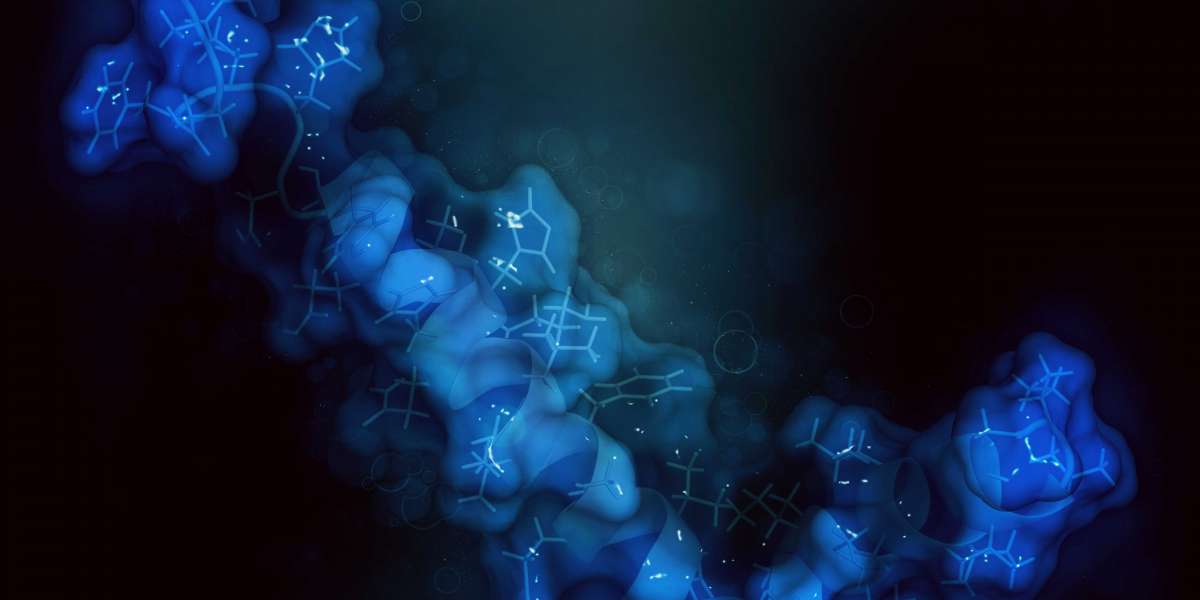In recent years, zebrafish have emerged as a valuable model organism in pharmacological research, particularly for assessing cardiotoxicity in drug development. The heart of a zebrafish begins to beat just a couple of days after fertilization, making it an ideal candidate for studying the influence of various compounds on cardiac function at an early developmental stage. This article delves into the significance of zebrafish cardiotoxicity assays, their advantages, and the methodologies employed in these assessments.
Importance of Cardiotoxicity Assessment
Cardiotoxicity refers to the harmful effects of substances on heart cells, which can lead to serious cardiovascular complications. Ensuring that new drugs do not induce cardiotoxicity is crucial for patient safety. Traditional methods for assessing cardiotoxicity often rely on animal models that can be time-consuming and expensive. Moreover, they raise ethical concerns regarding animal welfare. Thus, the need for more efficient, cost-effective, and ethical testing methods has led researchers to explore the use of zebrafish as an alternative model.
Advantages of Using Zebrafish
Utilizing zebrafish for cardiotoxicity assays offers numerous advantages:
Transparency and Imaging: Zebrafish embryos are transparent, which allows for easy observation of developmental processes and cardiac function using simple microscopy techniques.
Genetic Manipulation: Zebrafish are amenable to genetic modifications, enabling researchers to create models that mimic specific cardiac conditions or mutations, providing insights into the mechanisms underlying cardiotoxicity.
High Throughput Screening: The relatively small size of zebrafish allows for high-throughput screening of drugs, making it feasible to assess the cardiotoxic effects of many compounds simultaneously.
Physiological Relevance: The cardiac structure and function of zebrafish are sufficiently similar to those of humans, making them a relevant model for understanding human cardiotoxicity.
Methodologies in Zebrafish Cardiotoxicity Assays
Various methodologies have been developed to assess cardiotoxicity in zebrafish, including:
Heart Rate Monitoring: By using video recordings and software to analyze heart movements, researchers can quantify heart rate and rhythm disruptions caused by toxic compounds. This provides a direct measure of cardiotoxicity.
Morphological Assessment: Monitoring the development of heart morphology can reveal congenital heart defects or structural anomalies caused by exposure to harmful substances.
Electrophysiological Studies: Advanced techniques, such as microelectrode arrays, allow for the assessment of cardiac electrophysiology, providing insights into how drugs can alter electrical activity in the heart.
Biochemical Analysis: Measuring biomarkers of cardiac injury, such as troponin levels, enables researchers to quantify the impact of various compounds on heart function at the molecular level.
Future Perspectives
The integration of zebrafish cardiotoxicity assays into the drug development pipeline holds great promise for enhancing drug safety evaluations. As advancements in imaging technology, genomics, and bioinformatics continue to evolve, the precision and applicability of zebrafish models are likely to improve. Moreover, the increasing emphasis on reducing animal testing will further reinforce the role of zebrafish as a key player in preclinical research.
In conclusion, zebrafish cardiotoxicity assays represent a pioneering approach to evaluating drug safety. Their advantages in terms of cost-efficiency, ethical considerations, and physiological relevance make them an indispensable tool in modern pharmacology. As research in this field progresses, the potential for zebrafish to contribute to safer therapeutic interventions grows, ultimately benefiting patients and healthcare systems alike.






